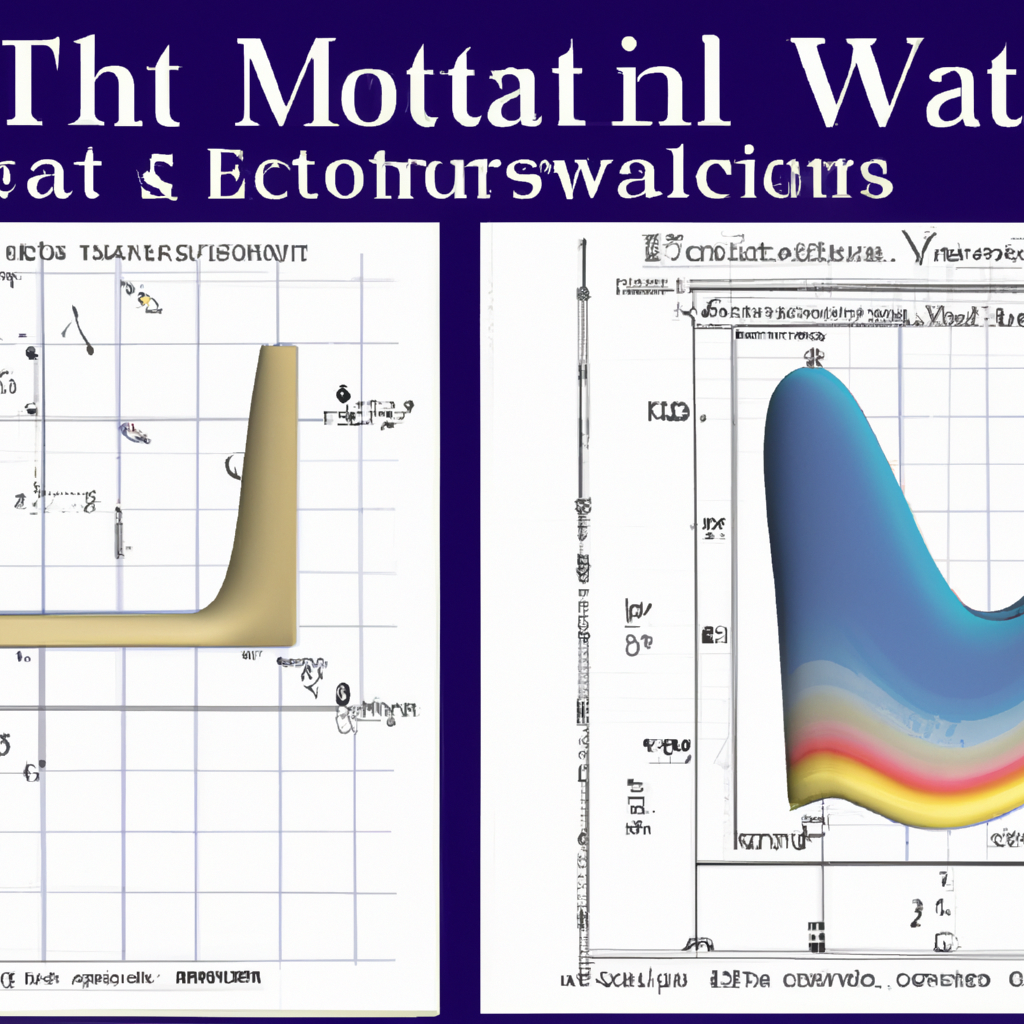Understanding Elliott Wave forecasting models
Elliott Wave forecasting models are a popular tool used by traders and investors to predict future price movements in financial markets. Developed by Ralph Nelson Elliott in the 1930s, the Elliott Wave Theory is based on the idea that market prices move in repetitive patterns or waves.
How do Elliott Waves work?
The Elliott Wave Theory is based on the concept that market prices move in five waves in the direction of the main trend, followed by three corrective waves. These waves are labeled as impulse waves and corrective waves, respectively. The theory also suggests that these waves can be broken down into smaller waves, creating a fractal pattern.
Key principles of Elliott Wave Theory
- Wave 1: The first wave is the initial movement in the direction of the trend.
- Wave 2: The second wave is a corrective wave that retraces part of wave 1.
- Wave 3: The third wave is usually the longest and strongest wave in the direction of the trend.
- Wave 4: The fourth wave is a corrective wave that retraces part of wave 3.
- Wave 5: The fifth wave is the final wave in the direction of the trend.
Applying Elliott Wave forecasting models
Traders and investors use Elliott Wave forecasting models to identify potential entry and exit points in the market. By analyzing the wave patterns and using technical analysis tools, they can make informed decisions about when to buy or sell assets.
It’s important to note that Elliott Wave forecasting models are not foolproof and should be used in conjunction with other technical and fundamental analysis tools. Market conditions can change rapidly, and waves may not always unfold as predicted.
Conclusion
Elliott Wave forecasting models can be a valuable tool for traders and investors looking to predict market trends and make informed decisions. By understanding the key principles of the Elliott Wave Theory and applying it to their analysis, they can potentially improve their trading strategies and increase their chances of success in the market.










